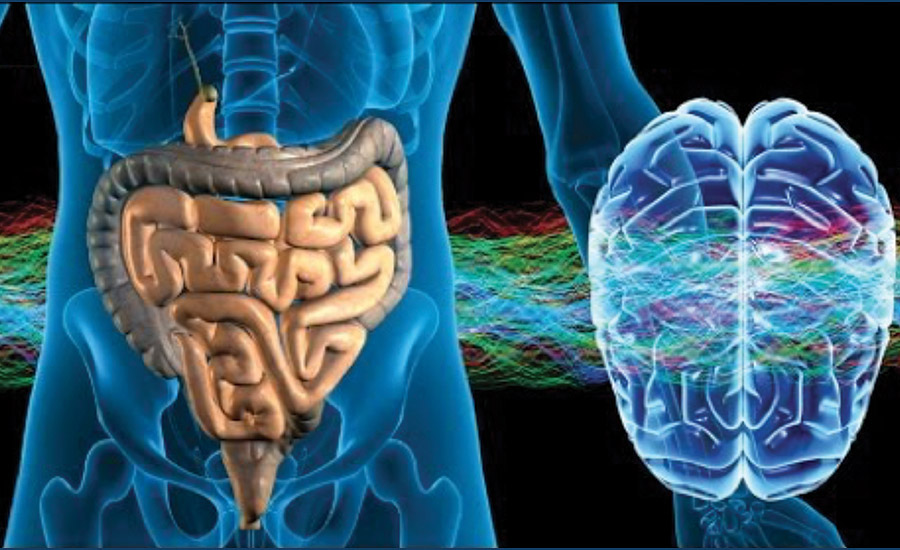In our daily lives, we humans move through a sea of microbial life that is seldom perceived except in the context of potential disease and decay (L. Feazel 2009).
Reminiscent of the impact of the microscope 350 years ago, new genetic tests have revolutionized our understanding of the microbial world. These new techniques identify bacteria, viruses, and fungi by labeling specific DNA or RNA sequences which are unique “fingerprints” for cells of all origins.
In fact, we now know that as many as 1 trillion species of tiny organisms comprise the largest portion of the Earth’s biomass. Before genetic tests were used as readily as they are today, we knew that microbes lived on surfaces and in water. We now know that the air is also teaming with microbial life! Viruses, bacteria, fungi and parts of plant, insect, and animal cells travel in the air attached to particles or incorporated into water droplets. Many of these intrepid travelers, called bioaerosols, are living organisms that have evolved to remain metabolically active despite harsh environmental conditions of extreme heat, cold, radiation, pressure, salinity, acidity, and darkness.
What Does This All Mean For Humans?
The average human inhales about 10 m3 of air per day. Each time we inhale, we take in gases such as nitrogen, oxygen, and carbon dioxide and other trace gases, as well as inorganic particles and bioaerosols. This clearly makes the respiratory track a dominant route of exposure to airborne microbes. Considering bacteria alone (not counting viruses and fungi) aero-biologists have conservatively estimated a concentration of 100,000 bacteria per cubic meter of air. Assuming a breathing rate of 12 times per minute and inspiring 0.5 liters per breath, this means the average human inhales approximately 860,000 bacteria per day.
Luckily, we know from microbiome studies on the human gastrointestinal tract that most bacteria are a source of genetic diversity and an immune system modulator, both beneficial to our health.
Looking Forward
Will inhalation of bioaerosols become a health-enhancer in the future? For example, will you be able breathe a liter of airborne bacteria to increase your IQ or cure your digestive ailments? This sounds crazy, but how many of us ever imagined that fecal transplants would be used to treat colon infections caused by overgrowth of clostridium difficile?
HVAC engineers need to keep an open mind! Balancing rather than eradicating microbes in indoor environments may be the best goal. In addition, we need to ask what the next generation of bacteria in the built environment will be after exposure to extreme microclimates created by dry indoor air; by the use of ultraviolet light for cleaning; and in hospitals, diagnostic x-rays, MRI waves, etc. We do not want to re-experience the problems we are now having with antibiotic resistant superbugs. In 100 years, future generations may view our current use of antibiotics and environmental disinfection strategies as we view our ancestors’ practice of bloodletting to cure all diseases. ES



